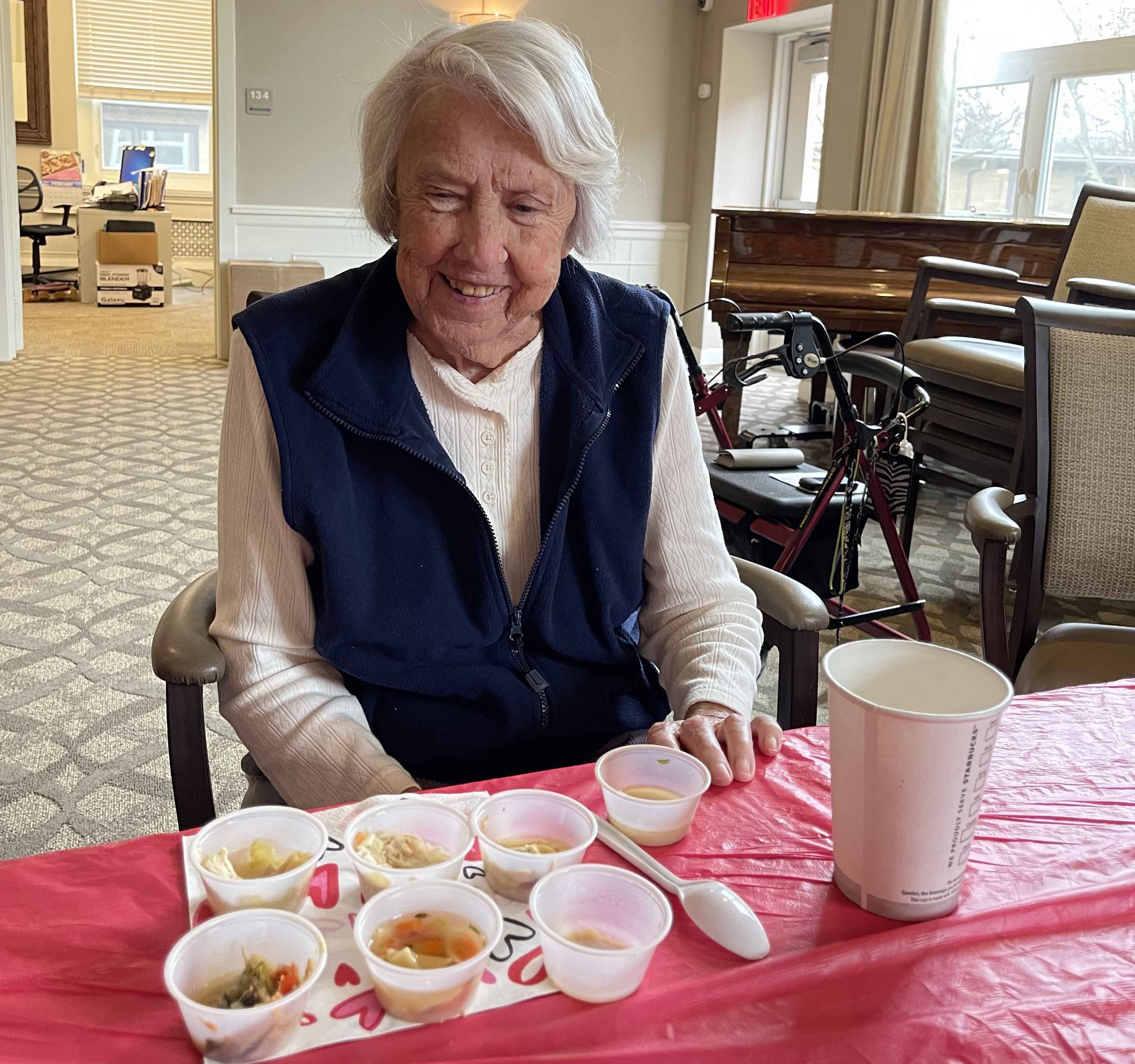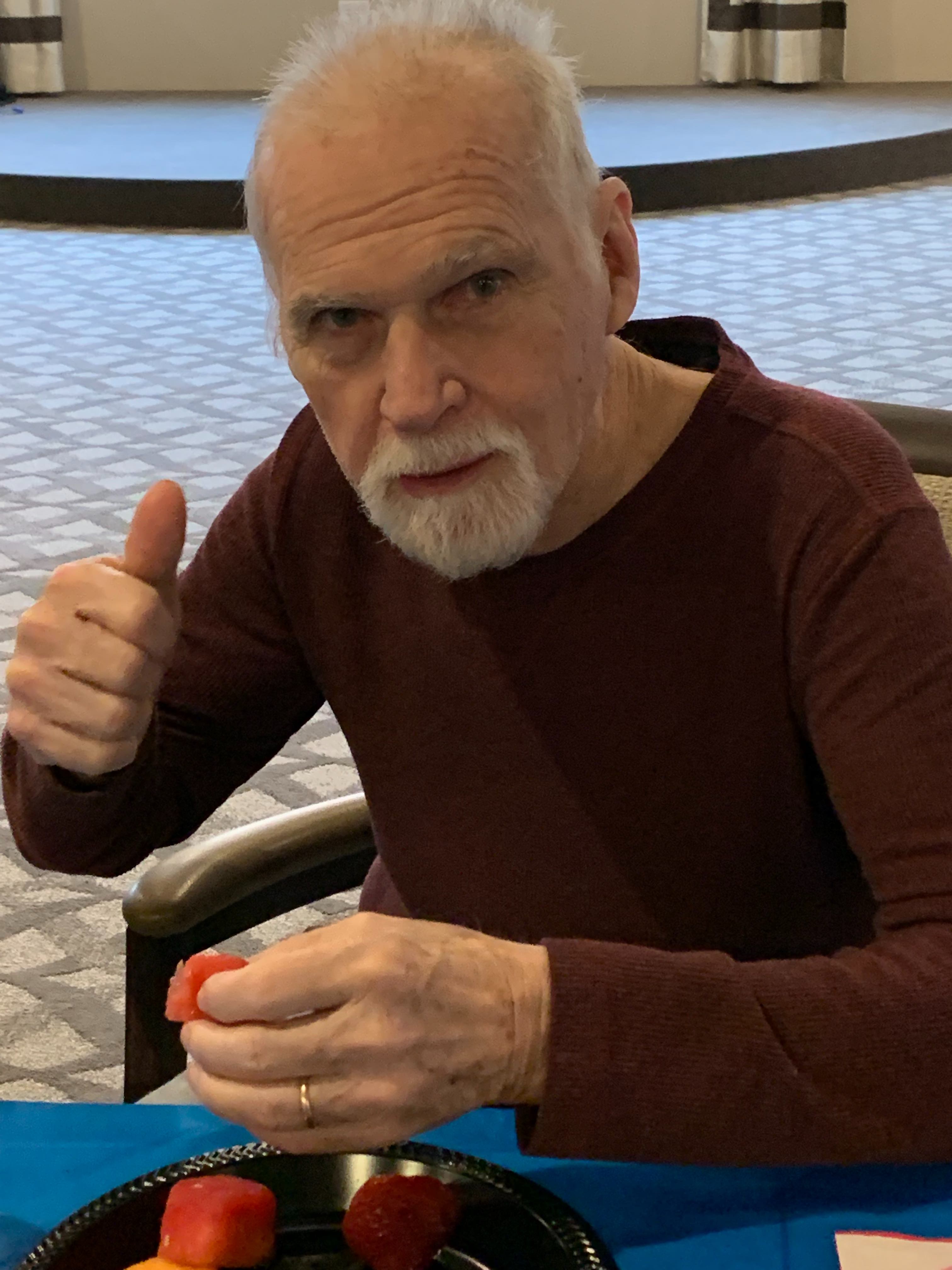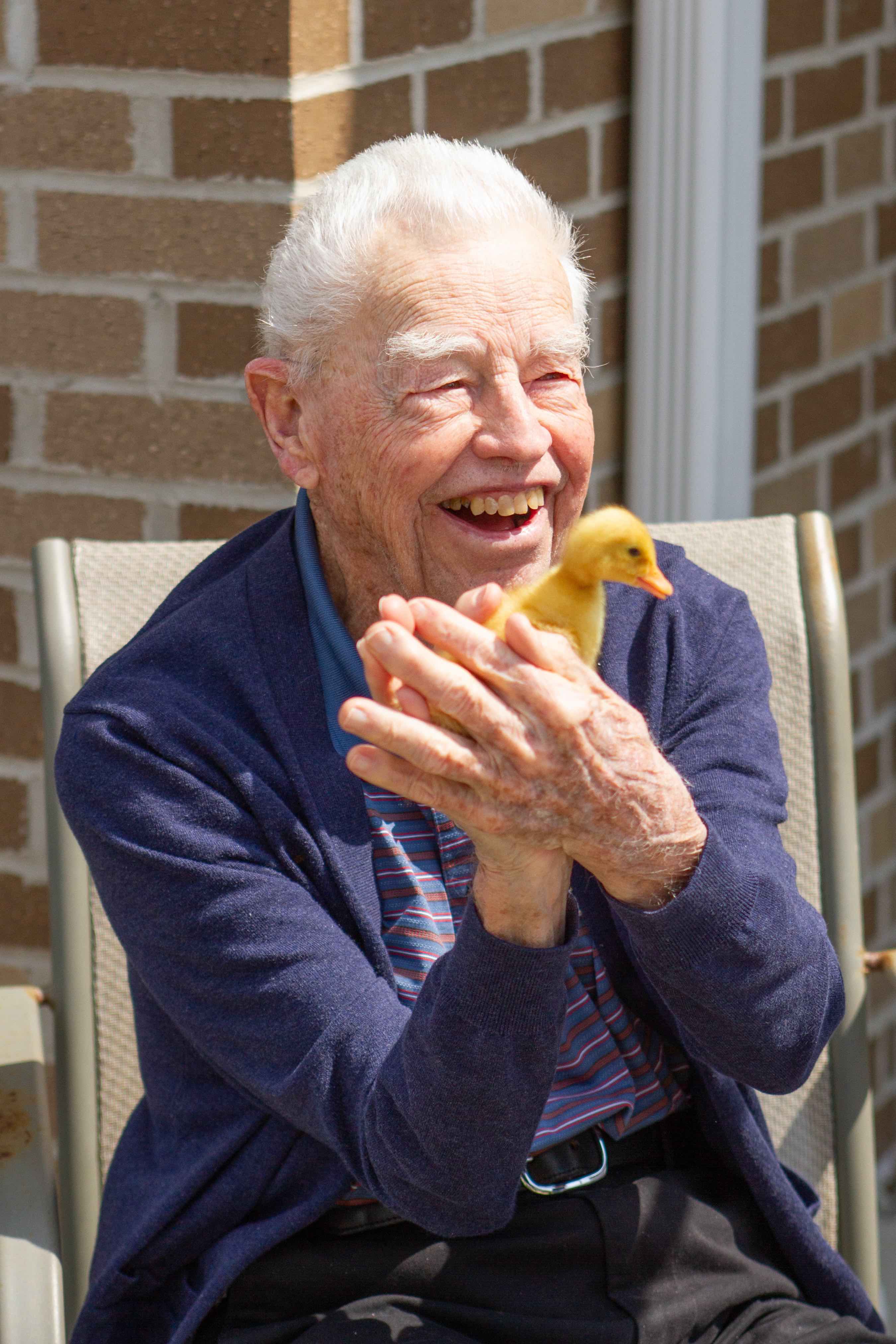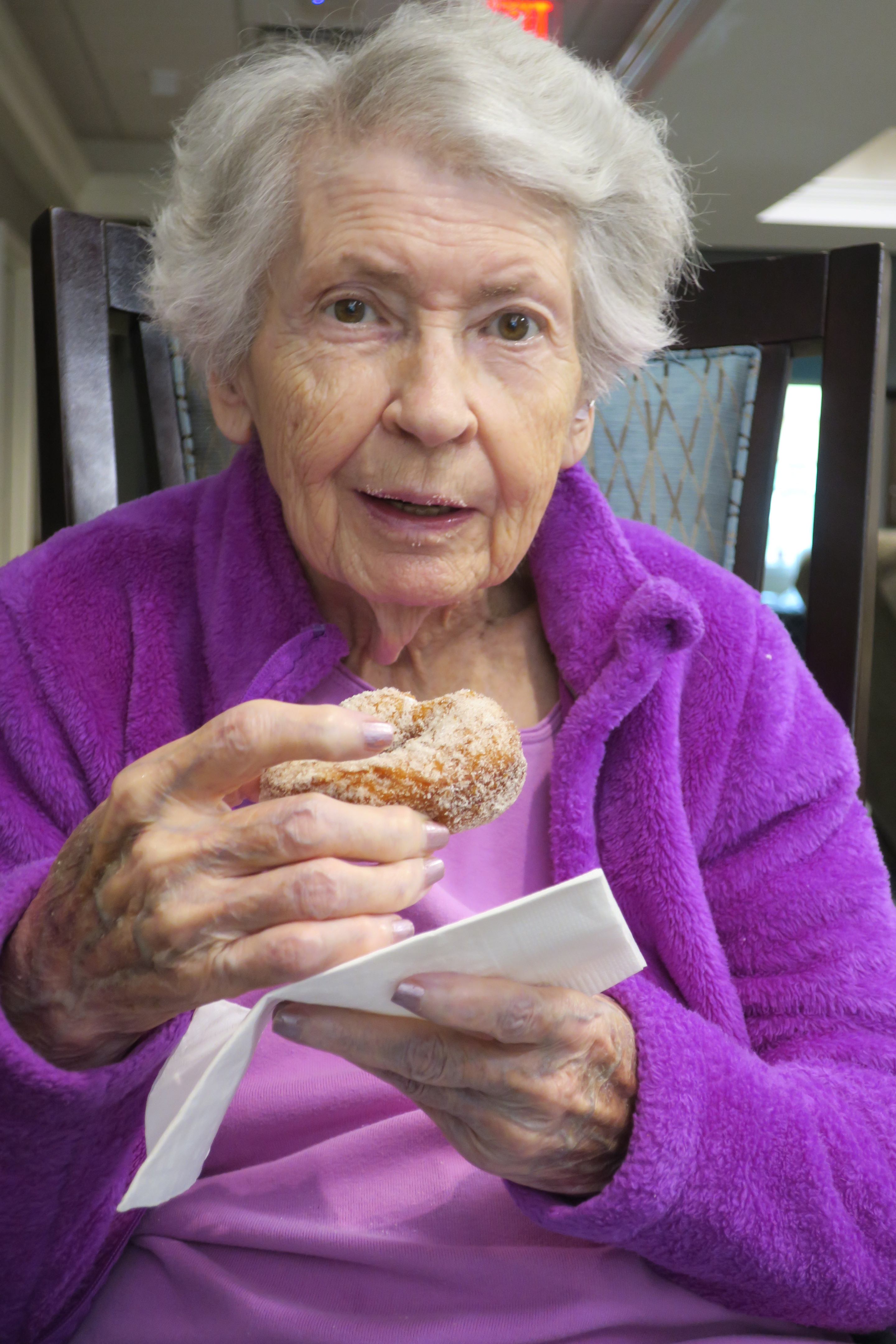
5 Fast Facts: Palliative Care

If you or a loved one is facing a difficult diagnosis, you may have already been introduced to one or more of the 5 stages of palliative care. It's totally normal to have questions about these stages, what they entail, and/or what to expect from an end-of-life treatment program in general. That's why our team's calling to care for the elders on campus includes providing information and educational resources for families. These five fast facts about palliative care will give you a clearer idea of what this process looks like and the benefits it can provide to families.
5 Fast Facts: Palliative Care
Are you researching this important stage of care for a family member or other loved one? Here are five important palliative care fast facts to be aware of.
Palliative Care is about Symptom Management

The first thing to know is that palliative care can be a remarkably long, fulfilling, and rich journey. We're typically not talking about a "one month to live" scenario here. The goal of a palliative care plan is to help someone continue living the way they like with minimal adjustments to the autonomy and independence they're used to. Palliative care is essentially the intersection between accepting an unfavorable diagnosis and consciously integrating its management into the senior's lifestyle.


It Follows a Terminal Diagnosis
When should someone be offered palliative care? Generally, it should be offered after someone receives a diagnosis that is determined to be fatal but isn’t currently life threatening. At this point, palliative care will function to support a comfortable lifestyle living with the disease without uprooting one's entire world.
Seniors receiving palliative care are often still able to participate in community events, family functions, and other life-affirming activities. Oftentimes, care professionals will simply make occasional visits and provide medical reviews to help monitor the progress of the disease.
Palliative Care Can Be Helpful For the Whole Family
The emotional support and dedication elders receive are distinct benefits of palliative care to be sure. Moreover, palliative care also provides an early opportunity, prior to hospice, for the family to come to terms with a loved one's diagnosis. This allows the family to begin preparing ahead, however far away the end of their loved one's journey may be.
Palliative treatment gives families the opportunity to come alongside their loved one and continue enjoying and celebrating their life to the fullest, despite the ultimately terminal diagnosis.
There's a Difference Between the Stages of Hospice and Palliative Care
Hospice and palliative care are related, but they actually point to separate points along the treatment journey of a terminal illness. So, what is the difference between hospice and palliative care? It comes down to timing, severity, and a quality of life decision.
What is Palliative Care vs. Hospice Care?
The first thing to understand is that it isn't actually "palliative care vs hospice care." Each form of care serves its unique purpose in a comprehensive end-of-life treatment plan. So, what's the difference between them?

OESH is here to support seniors through the 5 stages of palliative care.[/caption]
We know that palliative care aims to maintain relative independence and comfort. Hospice care places a similar focus on comfort; it just removes the emphasis on independence. At this point, quality of life will have become more of an uphill battle for the senior. Vitals may have begun changing, perhaps dementia or other cognitive compromise has set in Lighting: in short, the approach of simply managing the illness is no longer possible. When admitted into hospice, it may be recommended that a senior's life-sustaining medications be discontinued and comfort medications increased. For those who desire it, the frequency of visits from social workers, chaplains, and the like may increase along with more nursing and personal care support.
.jpeg)
There are 5 Stages of Palliative Care
It can be helpful to think in terms of the different stages of end of life treatment. The 5 stages of palliative care can be broken down in slightly different ways, but it basically falls into these categories (Elder):
- Form a palliative care plan
- Work with someone (therapist, pastor, care staff) to emotionally prepare for what lies ahead
- Begin initial treatment that lets you keep doing your normal activities with minor care adjustments (visits from a nurse, home safety equipment, etc.)
- Transition into late stage treatment in a home, hospice, or with a live-in medical professional
- Loved ones benefit from bereavement counseling
What Does the Transition From Palliative Care to Hospice Look Like at OESH?
Now that you know the 5 stages of palliative care and a few palliative care fast facts, here's some info about how we approach it at The Ohio Eastern Star Home:
Since OESH provides direct palliative support prior to seniors entering a hospice facility, we aim to make the process as smooth as possible for elders and families. Our palliative care team, which includes a physician, certified nurse practitioner (CNP), and additional nursing staff, see to the comfort and care of each on-campus palliative patient right up until their transition into a full-time hospice setting. Throughout their palliative care, our staff physician and CNP make care recommendations for the nursing staff who closely monitor each patient's disease and report any changes. The experience and empathy that our team operates with is underscored by the fact that our CNP also works in the hospice field and has a wonderful understanding of end-of-life services. When the time comes that the physician or CNP must recommend hospice, our elders have been prepared for this transition with calm compassion, comfort, and love.

Knowing a few fast facts about palliative care can help demystify the process.
Questions About Palliative Care Services?
From understanding hospice transition decisions to navigating the 5 stages of palliative care, our team is here to serve as both a service and a resource. Please feel free to give us a call any time at (740) 397-1706 or send us a message.
Recent Articles



.jpeg)